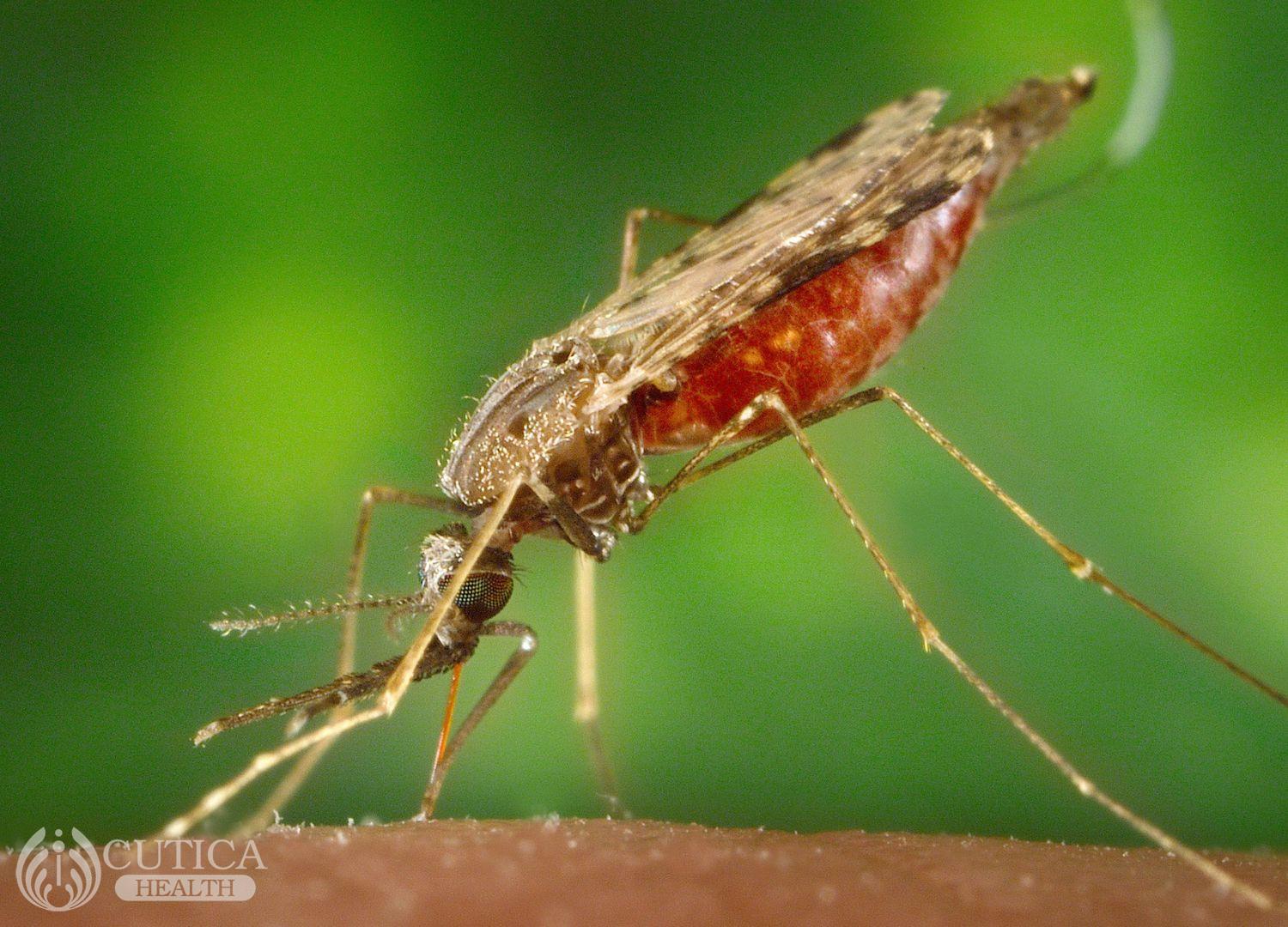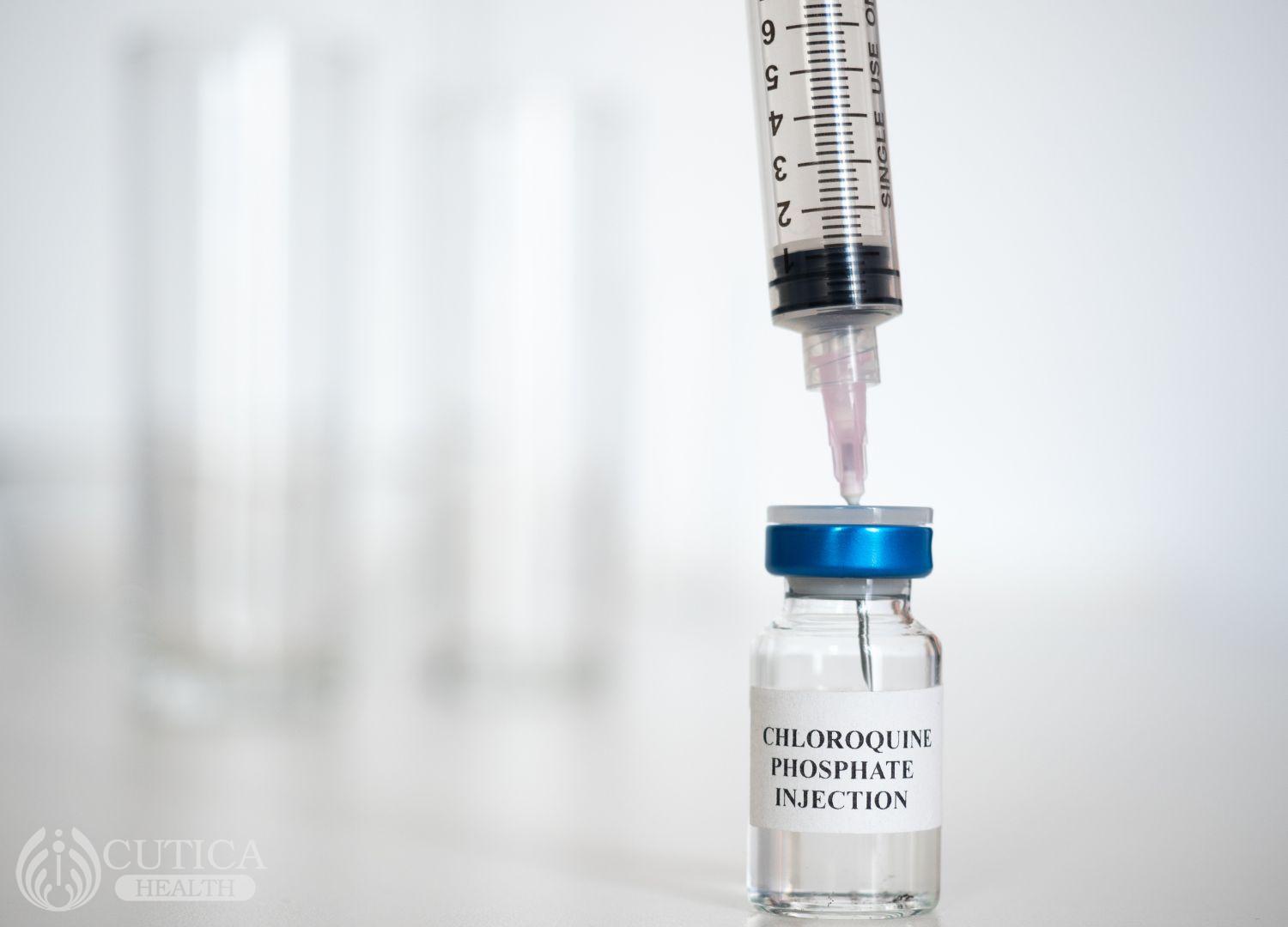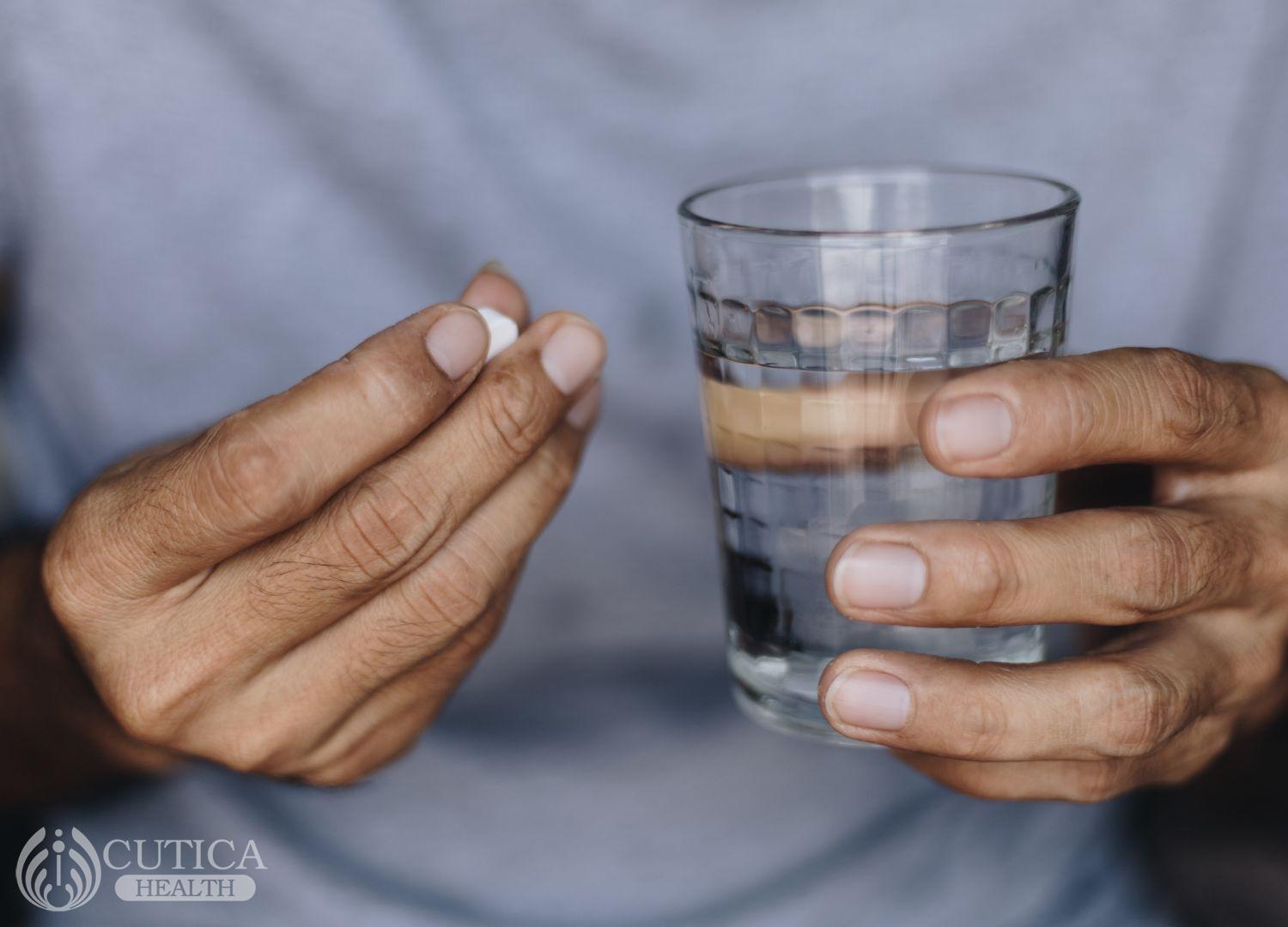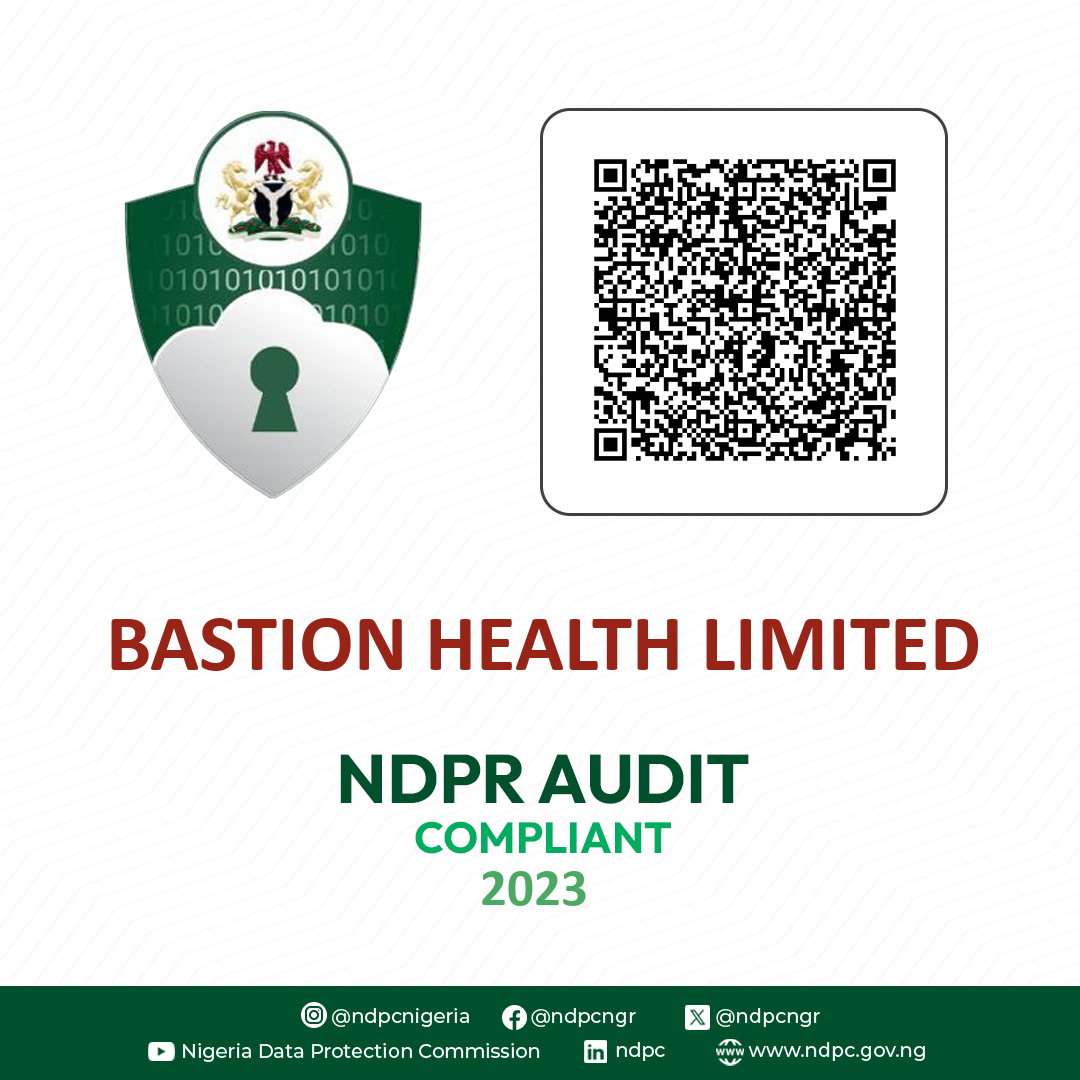Antimalarial Resistance
Do you know that about half a million people die from malaria and related complications each year?
The fight against malaria has been ongoing for decades. The discovery and use of antimalarial medicines have helped in reducing malaria-related deaths. However, resistance arises when the drugs no longer work as well as they used to in treating malaria.

The indiscriminate use of this medication in adults and children alike has resulted in more cases of poor response to treatment, simply known as resistance. Here is how antimalarial resistance happens:
- With overuse and misuse of these medications, the parasite which causes the illness, becomes, well let’s say ‘familiar’ with the medication and the way it works.
- The parasite, after ‘studying’ the way the medication works to kill it, changes itself, developing a different defence to keep surviving.
- These new strains are then spread within the community, making it more difficult to treat and achieve cure.
Anti-malarial resistance puts the breakthroughs and strides made in the fight against malaria at great risk.
There is also an economic impact. Apart from people being unable to work to cater for themselves and their families due to the illness,there may be need to use more complex and expensive anti-malaria medication for treatment rather than the common, simple ones.
There’s also a longer hospital stay, higher medical costs and higher risk of death and other complications.
Chloroquine, one of the earliest anti-malarial medicines made, is hardly used anymore due to widespread resistance to the drug. This necessitated the development of new drugs to tackle the malaria burden.
Artemisinin-combination therapy, commonly known as ACTs is a combination of drugs aimed at more effective malaria therapy. Some common ACTS are coartem, artemether/lumefantrine, etc.

There are, however, growing concerns of resistance to this new group of medications as the drug has shown reduced effectiveness in some people and regions.
As malaria continues to be a health burden, especially in Africa, this growing resistance raises the fear of setbacks in the plan to eradicate the disease.
What Can Be Done?
All hope is not lost, at least not yet. We must modify our behaviours and attitudes to help tackle this problem.
As with all disease management, it begins with prevention. In a malaria endemic area, protecting yourself from malaria bites by using insecticide-treated nets, clearing places with rubbish and stagnant water that can act as a breeding ground, and wearing protective clothes especially when out at night, will guard against mosquito bites. When there is no illness, there’s no need for treatment. Also, the use of anti-malarial drugs multiple times is avoided if the infection can be effectively prevented.
Some ways to prevent antimalarial resistance include:
- Only use anti-malarials prescribed by a certified health professional.
- Don’t demand for the medication if you are told by your doctor that you don’t need it.
- Always follow the advice given to you by the health worker when using medications.
- Do not share or use leftover anti-malaria drugs.
- Prevent infections by following guidelines given for prevention.

Role of healthcare workers
Health care workers also have an important role to play to curb malaria resistance. Do not prescribe medications carelessly, not even at the request of the patients, especially when there is no evidence for its use. The presence of fever does not always mean the person has malaria and it is a wise practice to test before treatment.

Drug resistance is serious and often described as a less talked about pandemic. Anyone can be affected. Drugs will no longer have any effect or become very slow to act if resistance is not curbed. This greatly impacts malaria control.







